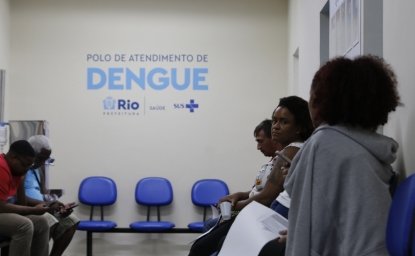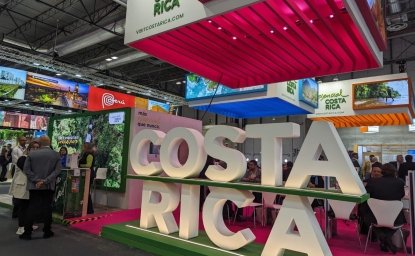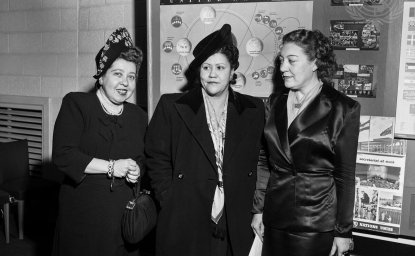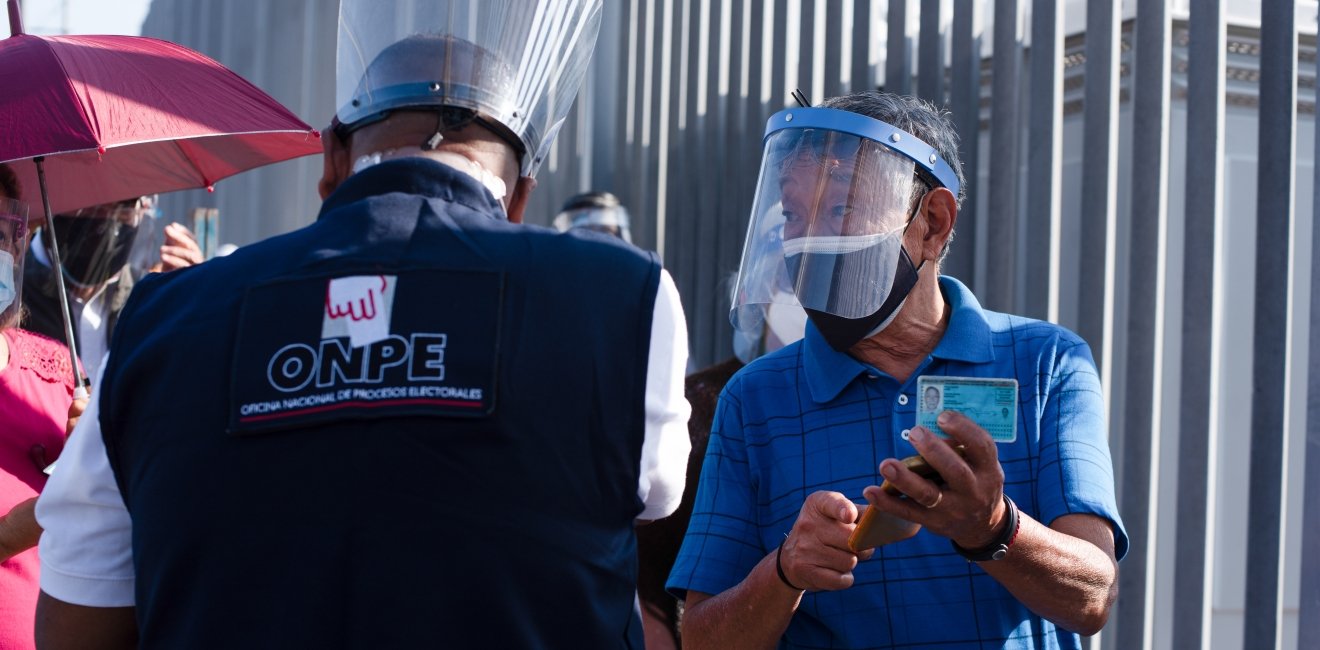
A blog of the Latin America Program
Politics at the Extremes: Peru’s Presidential Election
By Cynthia A. Sanborn
On April 11, 17.2 million Peruvians (70 percent of eligible voters) participated in the first round of the country’s general elections, choosing between 18 presidential aspirants and congressional candidates from 20 parties. Schoolteacher and rondero Pedro Castillo, of the Perú Libre party, finished first with 19 percent of valid votes. In the second round, on June 6, he will face veteran politician Keiko Fujimori, of the Fuerza Popular party, who earned 13 percent of valid votes.
Despite that long menu of choices, Peruvians were highly dissatisfied with the presidential field; more voters submitted blank or null ballots than supported Fujimori (over 2 million compared to 1.86 million), and 80 percent of voters did not select either of the candidates who will be competing in the second round.
The first post-electoral poll, released on April 18, showed a strong lead for Castillo, with 42 percent in his favor versus 31 percent for Fujimori. A second survey, published on April 22, confirmed this trend, with 41 percent support for Castillo. Many votes, however, are up for grabs. Polls show that 49 percent of voters have yet to make up their minds, and around 15 percent say they will spoil their ballot rather than choose between these two. Still, the contours of the second round are becoming clear. Class and geographic divisions are stark: more than half of high-income voters support Fujimori, while Castillo commands similar loyalty among the poor. That leaves the large but vulnerable middle classes, which remain divided or undecided. Differences between Lima voters and those outside the capital are notable too. Though a plurality of limeños say they favor Fujimori (43 percent in the April 18 poll, 34 percent in the April 22 survey), a majority outside of Lima favor Castillo. In rural areas, support for Castillo reaches 60 percent. And although Lima has the largest number of total voters, the city is home to millions of migrants and lower-income citizens whose sympathies do not align with those of Fujimori’s elite backers. In the April 18 survey, 55 percent of voters said they would never vote for Fujimori, a divisive figure in Peruvian society.
Land of Dark Horses
Though pollsters did not predict Castillo’s triumph, the election result was in some ways predictable. Social tension and conflict over the past year offered fertile ground for radical alternatives. For Peru, furthermore, political fragmentation is the norm. Prior races have also featured an expansive field of candidates, creating opportunities for personalistic appeals to voters not bound by party loyalty. Differences between social classes, and between Lima and the rest of the country, are not new either. This is also not the first time a dark horse like Castillo has come from behind to surprise analysts. The same occurred with Ricardo Belmont in Lima in 1989 and Alberto Fujimori in the national contest in 1990, as well as Alejandro Toledo, Ollanta Humala and Verónika Mendoza in past presidential races.
Conditions in 2021 were particularly favorable for a radical voice like Castillo.
The pandemic created uniquely grave economic and social crises. Peru has suffered an enormous loss of life: one in 200 Peruvians have died either from COVID-19 or due to the collapse of the country’s health system. The economic fallout from the pandemic and Peru’s prolonged lockdown exacerbated the country’s political instability. It also exposed Peru’s historically weak state and deficient public services. Peru endured a dramatic reduction in GDP and a dramatic increase in unemployment and poverty. Despite social distancing, social conflict persisted, with major strikes by agricultural workers, transportation workers and communities along the southern mining corridor. Peruvians are stressed, frustrated and angry with the political class. In the election, support for presidential frontrunners was the lowest in 40 years.
Prolonged school closures contributed to this public angst – and helped elevate Castillo, a teachers’ union leader. Remote education challenged caregivers, deprived children of a major motor of social mobility and reminded voters of the value and prestige of “el maestro.” Projections show over half of the 37 members of Congress who will represent Perú Libre are public schoolteachers.
Castillo was also buoyed by growing dissatisfaction with Peru’s neoliberal economic model and its strained democracy. He campaigned on the slogan, “no more poverty in a rich country,” which resonated with voters uninspired by the 1993 Fujimori-sponsored constitution still in force, which favors private investment and limits the role of the state. For these Peruvians, Castillo’s resource nationalism is more appealing, especially in regions that suffer from poverty and underdevelopment despite hosting large mines and hydrocarbons projects. Perú Libre advocates putting mining operations under government control and granting communities property rights over underground resources. Neither candidate appears bound by Peru’s democratic norms and institutions. Fujimori embraces the legacy of her father’s authoritarian regime and promises a “hard line” on crime, while Castillo advocates eliminating the Constitutional Tribunal and endorses vigilante justice. Both support the death penalty, despite Peru’s adherence to the Pact of San José.
Gridlock
Whoever wins the June 6 runoff will have a tough time navigating Peru’s congress, which will be fragmented and dominated by political newcomers. Perú Libre won the most seats (37), followed by Fuerza Popular (24). Seventy-eight percent of members of the new congress have no prior experience in public office. This is not new for Peru; recent elections have consistently brought substantial turnover to the legislature, as angry voters turn against incumbents from all parties. To govern, the president will need to build ad hoc coalitions with lawmakers who have little experience or incentive to cooperate and only loose affiliations with the political parties they represented in the campaign. If he or she fails, the result could be frequent confrontation.
Peruvian voters have seven weeks to choose which of these two problematic candidates will inherit the country’s economic and public health challenges and a political system poorly positioned to generate adequate policy responses. The behavior of Peru’s political and economic elite is largely to blame for the polarization that produced this worryingly anti-democratic field of candidates. For too long, steady economic growth led powerful Peruvians to pay insufficient attention to public and social services, alienating a broad swath of the country. Now, the presidency remains within reach for either of these extremist candidates, and the rest of the campaign promises to be intense.
Author

Professor of Political Science and Researcher, Center for China and Asia-Pacific Studies, Universidad del Pacifico, Peru

Latin America Program
The Wilson Center’s prestigious Latin America Program provides non-partisan expertise to a broad community of decision makers in the United States and Latin America on critical policy issues facing the Hemisphere. The Program provides insightful and actionable research for policymakers, private sector leaders, journalists, and public intellectuals in the United States and Latin America. To bridge the gap between scholarship and policy action, it fosters new inquiry, sponsors high-level public and private meetings among multiple stakeholders, and explores policy options to improve outcomes for citizens throughout the Americas. Drawing on the Wilson Center’s strength as the nation’s key non-partisan policy forum, the Program serves as a trusted source of analysis and a vital point of contact between the worlds of scholarship and action. Read more


Argentina Project
The Argentina Project is the premier institution for policy-relevant research on politics and economics in Argentina. Read more


Brazil Institute
The Brazil Institute—the only country-specific policy institution focused on Brazil in Washington—aims to deepen understanding of Brazil’s complex landscape and strengthen relations between Brazilian and US institutions across all sectors. Read more

Explore More in Weekly Asado
Browse Weekly Asado
Dengue Haunts South America’s Summers

Lessons from Costa Rica’s Economic Transformation

Women and Latin America’s Digital Revolution

